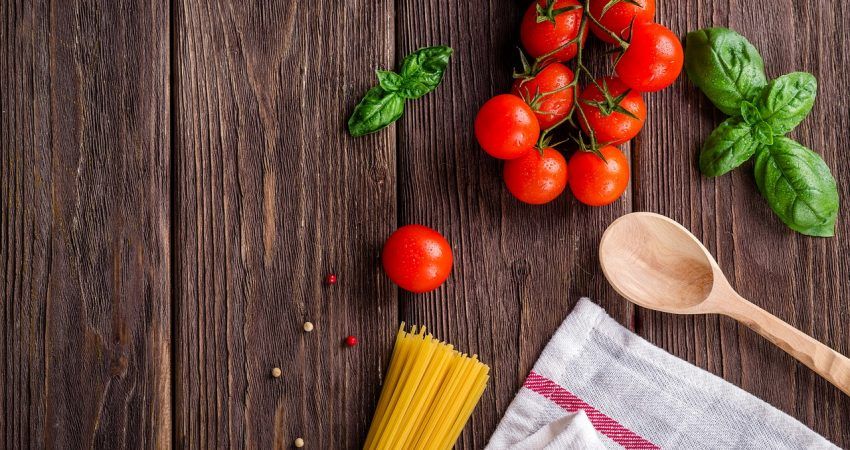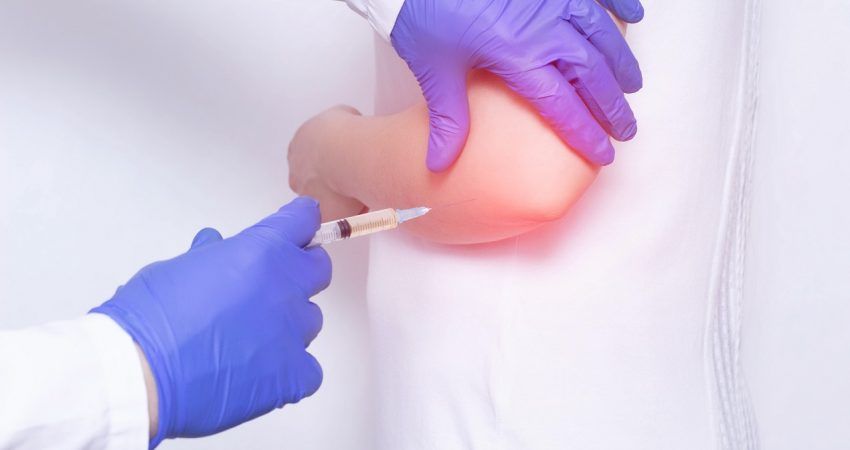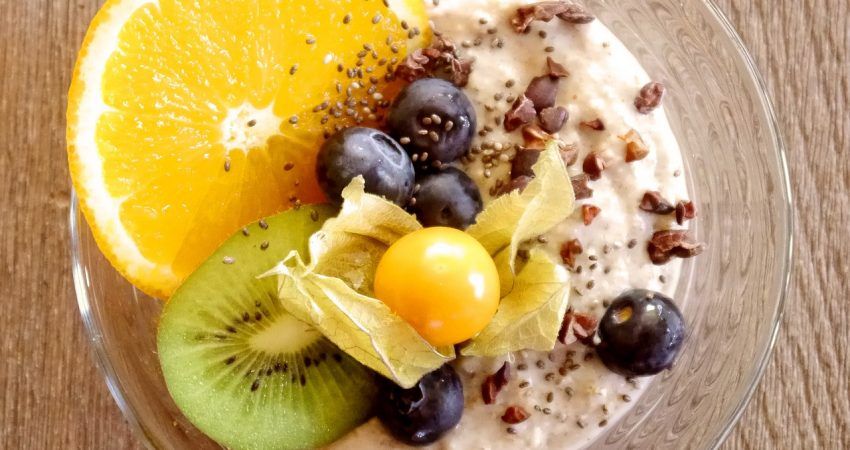How to keep your kitchen tidy?
Many of us have trouble keeping our kitchens tidy. After all, it’s where we spend a lot of time preparing healthy meals for the day. But as the old saying goes: it is not clean where there are many cleaners, but where there are few dirty ones. It is worth thinking about using this in everyday life. If we introduce this rule in our house, the spectre of „general cleaning” will stop scaring us all night long. But rest assured! There’s a method to every mess. But the truth is that even if you reach a near-perfect state of disorder sensitivity, daily tidying up is inevitable. On the other hand, the effects of „gently nurturing” our nest and the subsequent cleaning of „stables of Augias” can be surprising. With amazement and a smile on our faces we find out that we do not have to remove tiles, we do not need to buy a new bathtub faucet, the old frying pan will serve us for several more years and we do not go to IKEA to buy new furniture. For years people, from generation to generation, have passed down their ways of effective cleaning – we reveal them in this chapter. Let’s start this uneven fight against the ubiquitous dirt in our kitchens.
Kitchen tools – how to take care of them? How to clean?
In every kitchen the basic element is sink, which also tends to get dirty. It is precisely because of its frequent use. How to clean it? If it is a stainless steel one, wipe it with a dry cloth after every washing, because water can leave a build up of „scale” on its surface;. However, if we have neglected the matter and it appears, treat it with a warm solution of vinegar or citric acid. What else Enamel on sinks, which is often quite fragile – easily scratched and bruised. You should wash them with detergent and avoid scrubbing and throwing dishes inside. Half-measure is to buy a protective plastic grid, because it does not protect the sides of the sink. Many of us are also worried about limescale on faucets over sinks. Fortunately, cleaning them is not difficult! We clean them with lemon juice or citric acid. This is a great method, check it yourself!
Pots, grates, baking pans – cleaning them is not difficult at all!
Dishes made of heat-resistant glass, which are very popular in many kitchens must not be scrubbed with powder, because they can be destroyed. It is best to soak scorch marks in water with salt and detergent and wash them manually with a soft dishwasher. We wash a little differently Aluminum pots, which are washed with tooth powder mixed with vinegar to a thick paste. It is then very carefully washed and rinsed. Grates, Enamel pots on gas stoves /also in the oven/ should be soaked for a few hours in warm water with detergent and then scrubbed with a rice brush. Rinse with vinegar and water, dry and put back in place. Briquettes and frying pans still warm should be sprinkled with coarse salt and cleaned /as much as possible/ with moistened paper. Then pour lukewarm water with detergent and when the scorch marks have dissolved, wash with a sharp dishwasher /obviously if they are not covered with Teflon/. For more severe stains, you can use bleach available in chemical stores or special oven gel.
Kitchen furniture? Preferably stainless steel!
As we know, kitchen is one of the most important rooms in every house. To be able to enjoy all the possibilities it offers it is worth taking care not only of tidiness on a daily basis but also of appropriate furnishings. Here is where stainless steel furniture works great, which is not only resistant to damage and easy to clean but also can serve the owner for many years. The furniture is not penetrated by any messy substances such as. grease, so that our kitchen can keep the eyes of the host and guests longer.



